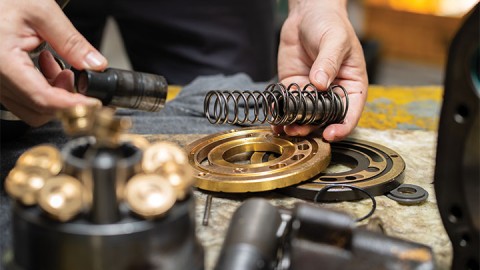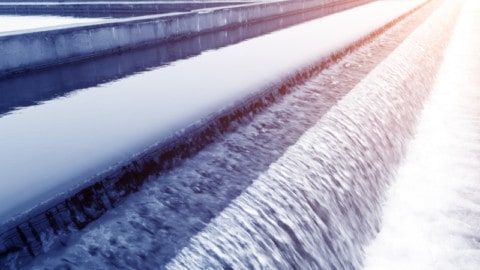Across all sectors of industries there is a major push on achieving best possible energy efficiencies for the operation of plant, equipment, components and systems. On 1 October 2012, the Greenhouse and Energy Minimum Standards (GEMS) legislation came into effect, creating a national framework for appliances and equipment energy efficiency in Australia.
The Equipment Energy Efficiency (E3) Program is a joint initiative of the Australian, Commonwealth, State and Territory governments and the New Zealand Government. It aims to improve the energy efficiency of appliances and products which will have significant economic and environmental benefits, by reducing the running costs of appliances and products for businesses, and also reducing greenhouse gas emissions and energy demand.
We have also seen regulation changes in some areas such as the introduction of Minimum Energy Performance Standards (MEPS). MEPS are mandatory for a range of products in Australia and New Zealand, including three phase electric motors, affecting the pump industry directly. These products must now be registered through an online database and meet a number of legal requirements before they can be sold. MEPS are an effective way to increase the energy efficiency of products, by specifying a minimum energy performance level they prevent inefficient products from entering the marketplace and help to increase average product efficiency over time
Another scheme is The National Australian Built Environment Rating Scheme (NABERS) which is a national rating system that measures the environmental performance of Australian buildings and tenancies. Amongst other things, NABERS measures the energy efficiency and indoor environment quality of a building or workplace and its impact on the environment. Often the plant room is a key focus of improvement especially in older buildings. In most buildings the plant room features equipment such as pumps and fans which are a major consumer of energy.
Whilst the rotating element in any plant equipment, such as the pump, fan impeller or motor armature, may be only a small part of the overall system, its smooth continuous running may assist with achieving higher operating efficiencies. New technology and improvements mean that old pumps and fans can be upgraded with MEPS rated motors and variable speed drives (VSD) to ensure better operating efficiencies are being achieved, but mechanical loss and mechanical efficiency are also important elements.
Mechanical components, such as transmission gear and bearings, generate a mechanical loss that reduces the power transferred from the motor shaft to the pump or fan impeller. Industrial or dynamic balancing of these system components can assist with the efficient running of any rotating equipment, and thus improve mechanical efficiency.
Precision Balancing has been offering in house and on site dynamic balancing and vibration analysis services since 1989 and have the equipment, skills and experience to satisfy your industrial balancing requirements. Precision Balancing strictly adhere to the requirements of the relevant ISO standard, and all jobs are tracked through our system and are issued with a certificate of compliance. ■
For more information on industrial balancing services and standards visit www.precisionbalancing.com.au.




















